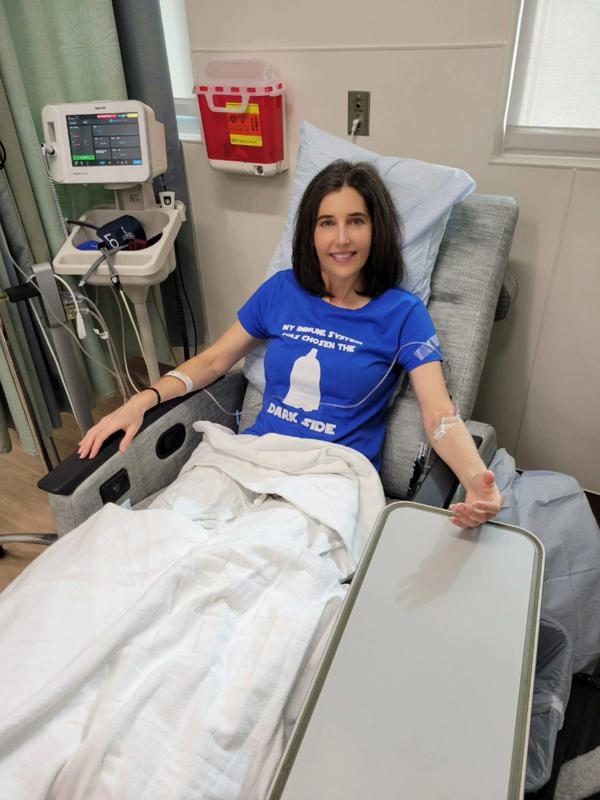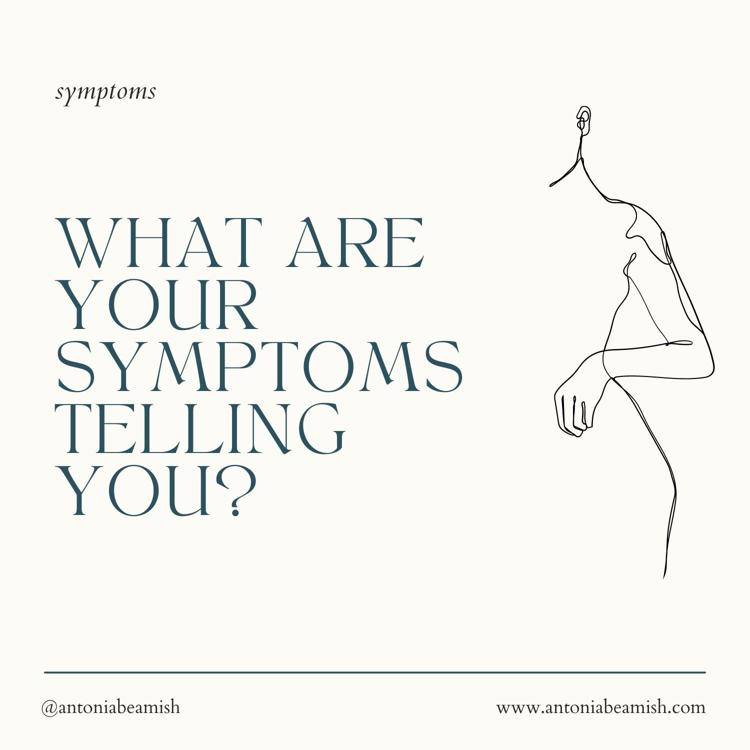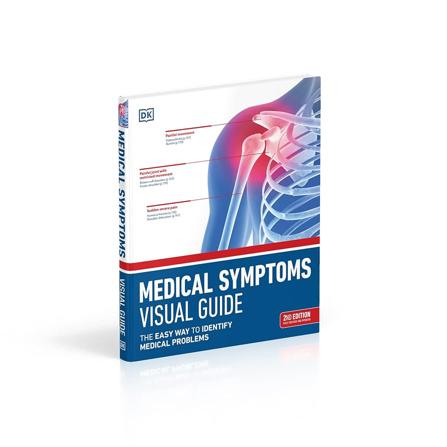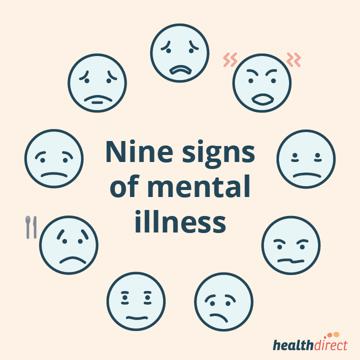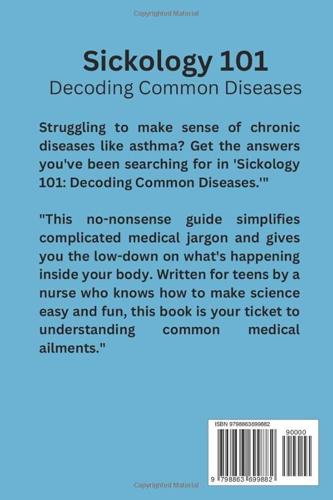When Symptoms Speak: Understanding Your Body's Signals
A Comprehensive Guide to Identifying and Responding to Your Body's Symptoms

Frequently Asked Questions
Listening to your body's symptoms is crucial as it helps in early detection of potential health issues, guiding appropriate treatment, and ultimately leads to better health outcomes.
If you are unsure about your symptoms, document them and consult with a healthcare professional. Communication about your symptoms is key to receiving proper diagnosis and care.
Step by Step Guide
1
Understanding Symptoms
Begin by grasping the definition of symptoms. Symptoms are physical or mental indicators experienced by an individual that signal a potential health issue. Understanding their role is essential to recognizing when to seek help.
2
Listen to Your Body
Make it a habit to check in with your body regularly. Note any unusual feelings, pains, or changes. This proactive approach will help you recognize what is normal for you and what isn't.
3
Recognize Common Symptoms
Study common symptoms associated with various conditions. These include headaches, fatigue, and persistent pain. By knowing these signs, you can start to connect them to potential health issues.
4
Distinguishing Between Acute and Chronic Symptoms
Differentiate between acute (short-term) and chronic (long-term) symptoms. Acute symptoms may indicate a temporary condition, while chronic symptoms could signal a more serious, underlying issue.
5
Assessing Symptom Severity
Learn to classify symptoms based on severity—mild, moderate, or severe. This assessment can help guide your decisions on whether to self-manage, seek medical advice, or go to an emergency room.
6
Educate Yourself on Symptoms by Condition
Take time to learn about symptoms specific to different conditions. For example, understanding the difference in presentation between flu symptoms and those of a cold can aid in proper assessment and treatment.
7
Documenting Symptoms
Keep a journal of your symptoms. Note down when they occur, their intensity, duration, and possible triggers. This record can be very helpful for healthcare providers when diagnosing.
8
Consulting Healthcare Providers
When in doubt, consult a healthcare professional. Be prepared to discuss your documented symptoms openly. This communication is key to effective diagnosis and treatment.
9
Treatment Options
Once diagnosed, research the appropriate treatment methods for your condition. This may include lifestyle changes, medications, therapies, or alternative treatments.
10
Monitor Progress
After beginning treatment, continue to monitor your symptoms. Note any improvements or new symptoms that arise and communicate these to your healthcare provider.
11
Practice Preventative Health
In addition to understanding symptoms, adopt preventive health measures like regular check-ups, a balanced diet, exercise, and adequate rest. Such practices can help maintain overall well-being.
12
Understanding Mental Health Symptoms
Recognize that symptoms aren’t purely physical. Mental health symptoms such as anxiety, depression, and stress are equally important. Acknowledge their signs and seek help as needed.
13
Educating Others
Share your knowledge about symptoms and their importance with family and friends. Increasing awareness can foster a supportive community and promote early intervention.
14
Stay Informed
Continuously educate yourself on new findings regarding symptoms and health issues. Staying updated will help you adapt your health strategies effectively.
15
Coping Mechanisms
Learn effective coping mechanisms for symptom management like mindfulness, meditation, and relaxation techniques. These can help in reducing stress and enhancing quality of life.
16
Encouraging Self-Care
Advocate for self-care practices. Engage in activities that promote physical, mental, and emotional well-being, such as hobbies, socializing, and nurturing relationships.
17
Utilizing Technology
Explore apps and online resources that can help track symptoms, manage medications, and provide information on health conditions.
18
Building a Health Network
Develop a support network involving healthcare providers, family, and friends. This can enhance your health journey and provide assistance when needed.
19
Being an Advocate for Yourself
Learn to advocate for your health needs effectively. Understand your rights as a patient and be proactive in discussions with healthcare professionals.
20
Reflect and Reassess
Regularly take the time to reflect on your health journey. Reassess your symptoms, treatment effectiveness, and overall health strategies in consultation with healthcare providers.



